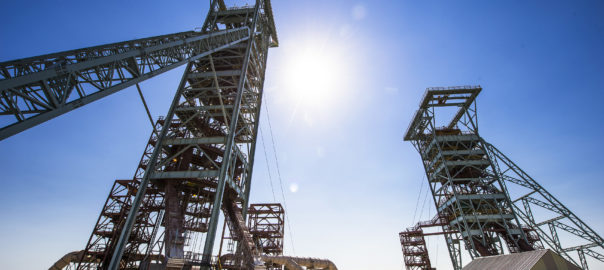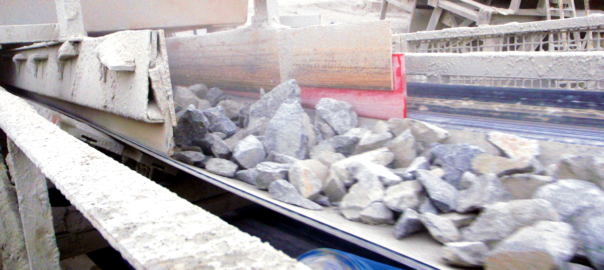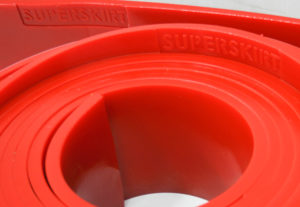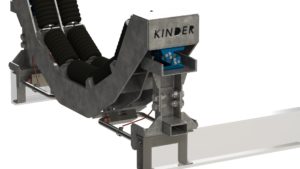As open-pit mines reach their economic end of life, mine owners are considering the viability of transitioning their open-pit operations to underground.
Drawing on its deep level mining expertise in South Africa, Worley helps mine owners around the world to explore the feasibility of underground life of mine extensions and identify the most efficient and safe underground mining methods.
Among the driving factors in the transition to underground mining are declining ore grades, deeper ore deposits, and an increase in demand for minerals required for the global energy transition, such as copper, lithium, manganese and nickel, Worley says.
“Worley’s centre of excellence for copper in Chile has been supporting open-pit copper mine customers for nearly three decades,” the company said. “The company is gearing up its underground capability as these mines shift their operations to below surface to access deeper ore reserves.”
Going deep in South Africa
Worley’s South Africa operations is one of the company’s mining centres of excellence with niche experience in deep level mining.
Mining has been the mainstay of South Africa’s economy for well over a century, and a major source of employment as well as foreign investment. Consequently, Worley has grown its South Africa mining team in one of the best mining environments in the world, with a collective experience of over 120 years in deep level mining and process expertise.
Robert Hull, Vice President for Mining, Minerals & Metals in Africa, says Worley’s South African operation is recognised for its deep level shaft experience, and the company also has experience across most commodities including base metals, coal, platinum, gold, diamonds and ferrous metals.
Hull says Worley has a strong global workshare philosophy and culture of collaboration. The specialist skills in South Africa gained from working on some of the biggest underground projects in the world are an integral part of Worley’s mining, minerals and metals global project delivery offering.
Deep level mine skills
Some of South Africa’s specialist deep underground skills include shaft design, ventilation and refrigeration shafts, high pressure pumping, and deep level hoisting.
Worley says it is one of the few companies in the world that has the expertise to design hoisting systems for mass hoisting, such as at the Venetia Underground Project, which will hoist approximately 6 Mt/y of rock.
The De Beers Venetia Mine in South Africa is the biggest source of rough diamonds in the country, according to Worley. The mine is in the process of transitioning from open pit to underground, to extend its life by some 25 years.
As engineering procurement and construction management contractor for South Africa’s largest mining execution project, Worley is using 3D designs for the project infrastructure to provide 3D models for the entire project’s surface and underground infrastructure, it said.
Intelligent mines
Hull says Worley is leading the way in developing digital solutions for the planning, design and execution of mining projects, with the South Africa office having played a key role in the design and development of much of the group’s digital technology in mining and minerals processing.
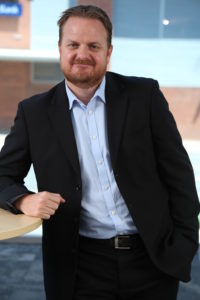
Hull (pictured) cites the Wafi-Golpu (owned by Harmony Gold Mining and Newcrest Mining) feasibility study update, in Papua New Guinea, where the South Africa team drew on SmartPlant design technology, which uses rapid prototyping and Building Information Modelling. The technology allowed the entire project team to visualise project objectives as never before, greatly improving operational efficiency in a dynamic time and cost-saving environment, according to Worley.
The Wafi-Golpu project is ranked as a world-class deposit in terms of its size and the grade of gold and copper within it. If developed, it will be the largest, deepest and most complex underground mine in Papua New Guinea, with a mine life of 28 years, Worley says.
Integrated project delivery teams
Worley’s South Africa team is also supporting its Australia counterparts to project manage the delivery of the deepening and expansion of an underground gold mine. This includes construction of a 1,460 m shaft, additional capacity in the processing plant, and supporting infrastructure to enable profitable recovery of ore at depth to 2 140m below surface. IM understands the project in question is the Newmont-owned Tanami Expansion 2 project, in the Northern Territory of Australia.
Mega machines for mega mines
Hull says every underground project Worley has executed has drawn on the company’s large material handling capabilities.
“In South Africa, we have a dedicated materials handling department that has the latest tools including discrete element modelling and finite element analysis, and advanced simulation tools for conveyer design,” he said.
Coenie Mynhardt, Winder Engineering at Worley, adds that mine payloads have increased dramatically in the last two decades in pursuit of higher productivity rates. Mines such as Impala and Phalaborwa, in South Africa, with an approximate 12-t per skipload, were considered ‘mega mines’ in their day. The mines of the future are more than double that size.
“The mega mines of the future need mega machines to be able to handle such big payloads,” Mynhardt says. “Materials handling technology for such deep, high tonnage operations will test current technology for capacity and reliability to bring the ore from the production levels to surface. We have the skills and expertise to find the solutions to these challenges.”
Global project delivery
“Countries such as Chile have immense potential for transitioning from open pit to underground if the geology supports it,” commented Hull. “With the wealth of experience across locations and over 4,000 staff in our mining, minerals and metals business line, we can safely and successfully deliver our customers’ underground mine assets through collaborative development of the mine and associated infrastructure anywhere in the world.”







